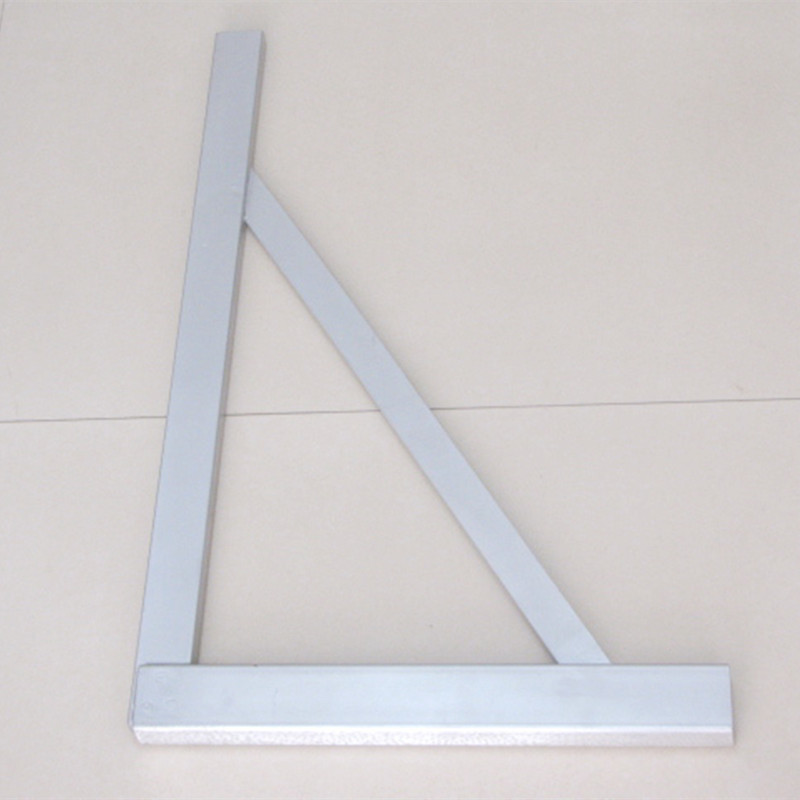दिसम्बर . 22, 2024 22:10 Back to list
types of micrometer
Types of Micrometers A Comprehensive Guide
Micrometers are precision measuring instruments used to measure small dimensions with high accuracy. They are essential tools in various fields, including engineering, manufacturing, and science. Generally, micrometers provide measurements in millimeters or inches, depending on the unit system used. In this article, we will explore the different types of micrometers, their features, applications, and the importance of choosing the right type for your specific needs.
1. Outside Micrometer
The outside micrometer, also known as the external micrometer, is primarily used to measure the outside dimensions of an object, such as the diameter of a cylindrical part. This type features a C-shaped frame that allows the user to place the object between the spindle (the moving part) and the anvil (the stationary part). The outer faces of the object are measured by rotating the thimble, which moves the spindle. Outside micrometers are typically available in various sizes, ranging from a 0–25 mm range to larger versions for bigger measurements.
2. Inside Micrometer
Inside micrometers are designed to measure the internal dimensions of an object, such as the diameter of a hole or the distance between two internal surfaces. They usually consist of a rod with adjustable extensions, which allow for measurement in tight spaces. Inside micrometers come with interchangeable rods and are often available in digital versions for improved accuracy and ease of reading. This type is particularly beneficial in applications where precision is paramount, such as in the measurement of bores or internal grooves.
3
. Depth MicrometerAs the name suggests, depth micrometers are used to measure the depth of grooves, holes, and slots. They feature a flat base that rests on the surface of the object being measured, with a calibrated depth gauge extending vertically to reach the bottom of the feature. Depth micrometers are essential in applications that require precise depth specifications, such as in machining and mold making. They are available in both analog and digital formats, with the latter offering more accurate readings.
types of micrometer

4. Digital Micrometer
Digital micrometers represent a modern evolution of traditional micrometers, providing greater convenience and precision. Equipped with a digital display, they eliminate the need for manual reading of scales, reducing the possibility of human error. Digital micrometers can be either outside, inside, or depth types and often include additional features such as data output capabilities and the option to switch between measurement units. Their ease of use and clarity make them a popular choice among professionals.
5. Vernier Micrometer
The vernier micrometer, or vernier caliper, combines the features of a micrometer with the versatility of a vernier scale. This instrument allows users to take internal, external, and depth measurements, making it a multifunctional option. While it may not provide the same level of accuracy as a dedicated micrometer, the vernier micrometer is a cost-effective choice for those who need a versatile measuring tool without investing in multiple devices.
Conclusion
Choosing the right micrometer depends on the specific requirements of the job at hand. Whether you need to measure the external dimensions, internal dimensions, or depth, there is a specific type of micrometer to meet your needs. The accuracy and precision offered by these instruments play a critical role in various industries, ensuring that components meet stringent quality standards. Thus, understanding the different types of micrometers and their applications is crucial for anyone involved in precision measurement tasks. As technology continues to advance, digital and electronic versions of micrometers are likely to become more prevalent, making measuring processes even more efficient and accurate.
In summary, owning a micrometer tailored to your specific needs not only enhances measuring accuracy but also contributes to the overall quality of the products being manufactured or assessed. Always remember to handle these precision tools with care to maintain their accuracy for years to come.
-
Precision Manufacturing with Advanced Spline Gauge DesignNewsJul.31,2025
-
Industrial-Grade Calibrated Pin Gauges for Exact MeasurementsNewsJul.31,2025
-
Industrial Filtration Systems Depend on Quality Filter DN50 SolutionsNewsJul.31,2025
-
High-Performance Gate Valve WholesaleNewsJul.31,2025
-
Granite Surface Plate The Ultimate Solution for Precision MeasurementNewsJul.31,2025
-
Granite Industrial Tools The Ultimate Guide for Bulk BuyersNewsJul.31,2025
Related PRODUCTS









